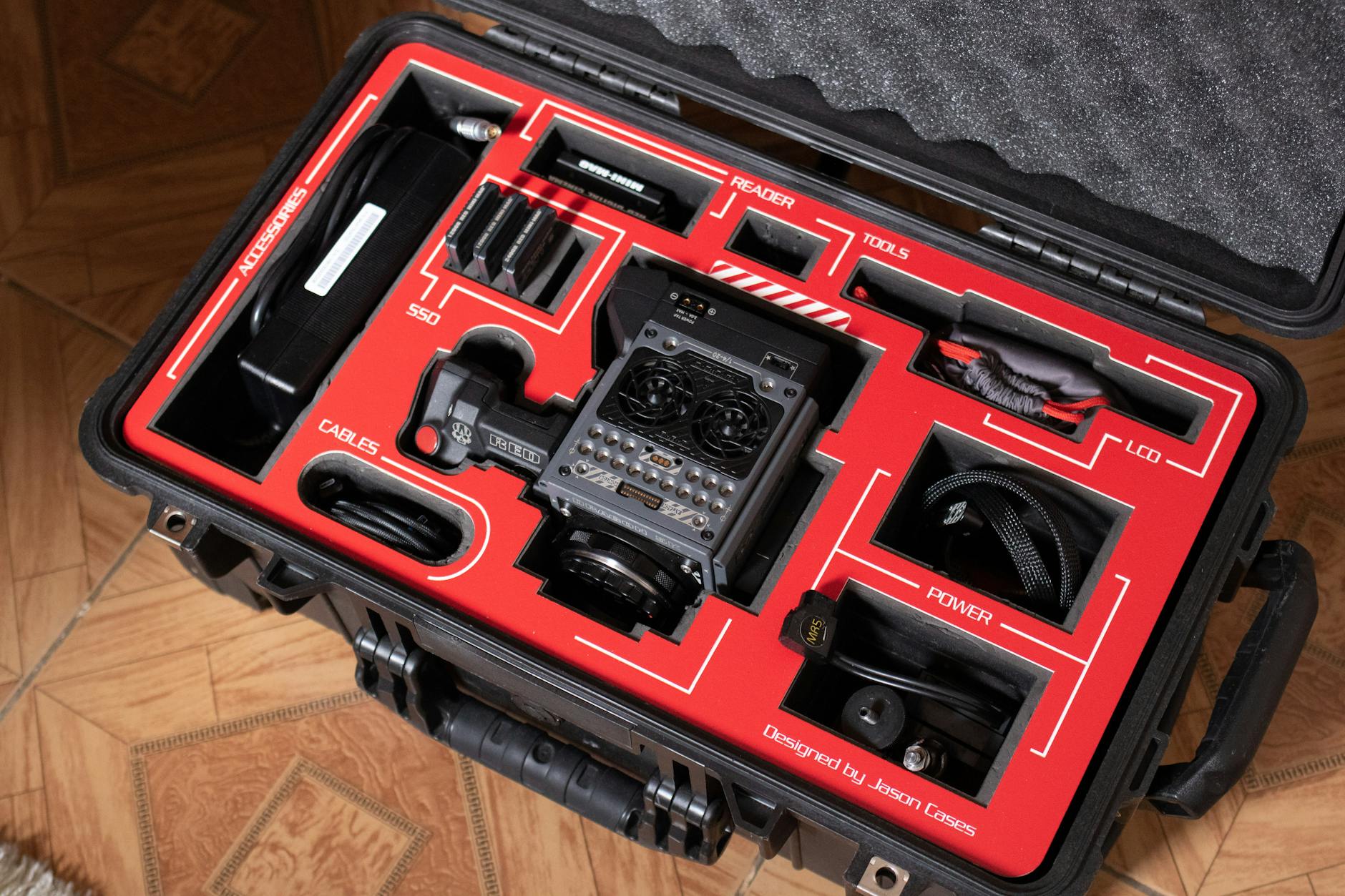Guide: Install Python in 5 Steps

Unlock the secrets of Python with our 5 step installation guide - take your programming skills to the next level!
Table of Contents
Introduction to Python Installation
If you're interested in becoming a young programmer, Python is a great language to start with. Python is like a special toolkit that helps you build amazing things on your computer. In this guide, we'll show you how to install Python step by step so you can start your coding journey!
Installing Python might sound tricky, but don't worry – we'll make it super easy for you to understand. By the end of this guide, you'll have Python up and running on your computer, ready for you to create your own cool projects. Let's get started with Python installation!
Step 1: Downloading Python
Before you can start coding in Python, you need to download it onto your computer. Don't worry; it's easier than it sounds!
Choosing the correct version
It's important to choose the right version of Python for your computer. If you're not sure which one to pick, ask an adult for help or go for the latest stable version.
Downloading from the official website
To get Python, you need to visit the official Python website. Look for the download section and select the version that matches your operating system (Windows, macOS, or Linux).
Starting the Installation Process
Now that you have downloaded the Python setup files, it's time to start the installation process. Follow these simple steps to get Python up and running on your computer.

Image courtesy of www.reddit.com via Google Images
Running the Installer
First, locate the downloaded Python installation file on your computer. It is usually in your Downloads folder unless you chose a different location. Double-click on the file to open it. You may see a security warning – just click "Yes" or "Run" to proceed.
Choosing Installation Settings
Once the installer opens, you will be greeted with a setup window. Here, you will see various checkboxes and options. Don't worry, it's not as complicated as it looks! Simply click on "Install Now" to start the installation with the default settings.
If you want to customize the installation, you can click on "Customize installation" to choose which components of Python you want to install. For beginners, sticking with the default settings is perfectly fine.
Adjust the Features and Destination
Now that you've started the installation process, it's time to adjust the features and destination of your Python setup. This step is essential to ensure that Python is installed correctly and in the right place on your computer. Follow these simple guidelines to customize your Python installation according to your needs.
Selecting a File Location
When you install Python, you'll need to choose a location on your computer where the files will be stored. It's important to select a location that is easily accessible and won't get accidentally deleted. If you're unsure, it's best to stick with the default location suggested by the installer. This will ensure that Python is installed in a standard directory where other programs can easily find it.
Choosing Features
During the installation process, you'll be presented with a list of features and components that you can include in your Python setup. Some of these features may be essential for certain types of programming, while others are optional. As a beginner, it's recommended to include all the default features offered by the installer. This will give you a complete Python environment to start learning and practicing coding without any limitations.
Step 4: The Installation
Now that you've made it this far, you're ready to install Python on your computer. This is where the magic happens, and you'll soon be on your way to writing your first Python programs!
| Step | Description |
|---|---|
| Step 1 | Download Python installer from the official website |
| Step 2 | Run the installer and select "Add Python to PATH" option |
| Step 3 | Choose the installation directory and click Install |
| Step 4 | Wait for the installation process to complete |
| Step 5 | Verify Python installation by opening a command prompt and typing "python --version" |

Image courtesy of www.analyticsinsight.net via Google Images
Following the Progress Bar
Once you start the installation process, you'll see a progress bar that shows you how far along the installation is. It's like a loading bar you might see when waiting for a game to download. Keep an eye on this bar to know how much longer you have to wait.
Completing the Installation
When the progress bar reaches 100% and disappears, that means Python has finished installing on your computer. You might see a message that says something like "Installation complete" or "Python successfully installed." That's your sign that everything went smoothly.
Congratulations! You've successfully installed Python on your computer. It's time to move on to the next step and verify that everything is working correctly.
Verifying the Python Installation
After successfully installing Python on your computer, the next step is to verify if the installation was done correctly. Follow these simple instructions to ensure Python is up and running smoothly.
Opening the Command Prompt
To begin verifying your Python installation, you'll need to open the Command Prompt. The Command Prompt is a powerful tool that allows you to communicate directly with your computer. To open it, simply search for "Command Prompt" in the Windows search bar and click on it to launch the application.
Checking the Python Version
Once the Command Prompt is open, you can check the Python version that has been installed on your computer. Simply type the following command and press Enter:
python --version
If Python has been successfully installed, the Command Prompt will display the version number of Python that is currently on your computer. This confirms that Python is properly installed and ready to use for all your coding adventures!
Conclusion
Now that you have successfully installed Python on your computer, you are one step closer to becoming a proficient programmer! Remember, Python is a powerful and versatile language that is widely used in the tech industry. By mastering Python, you can create amazing programs, games, and applications.

Image courtesy of manage.accuwebhosting.com via Google Images
Don't be afraid to start coding and experimenting with Python. The best way to learn is by doing, so take on small projects and challenges to improve your skills. There are plenty of online resources, tutorials, and communities that can help you along the way.
Whether you want to build websites, analyze data, or develop software, Python is a fantastic tool to have in your programming arsenal. Keep practicing, stay curious, and never stop learning!
Frequently Asked Questions (FAQs)
What if something goes wrong during installation?
If something goes wrong during the installation process, don't worry! It's common to run into a few bumps along the way. First, double-check that you followed all the steps correctly. If you're still having trouble, you can try restarting your computer and running the installation process again. If the issue persists, you can search online for solutions or ask for help from someone with more experience in Python installations. Remember, troubleshooting is a valuable skill in programming!
Can I install Python on a tablet or smartphone?
Python is typically installed on computers, such as laptops and desktops, as it requires certain system capabilities to run properly. While there are ways to write and execute Python code on some tablets and smartphones through specific apps or online platforms, installing Python directly on these devices may not be straightforward. It's best to check with the manufacturer or app store to see if there are any Python environments available for your tablet or smartphone.


